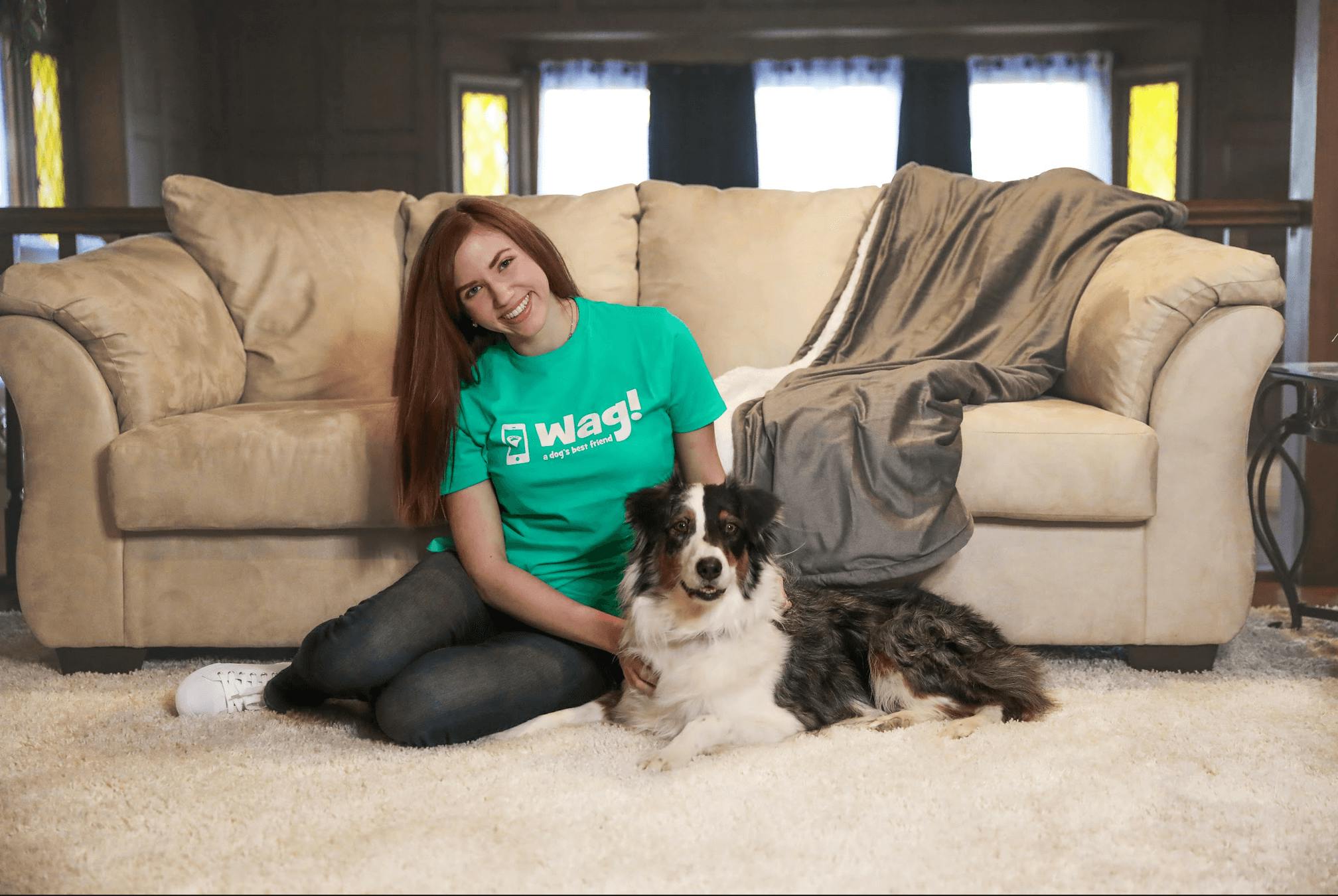
Written by Adam Lee-Smith
Veterinary reviewed by:
Published: 06/01/2021, edited: 12/15/2022
Overview
- Gain experience first
- Let the pet parents know you're hosting several dogs
- Introduce the pups carefully
- Learn about a dog's personality from their pet parent
- Ensure each dog knows basic obedience commands
- Prepare your home with baby gates and crates
- Learn to read doggy body language
- Keep some treats on hand
Considering starting your own dog boarding business? Dog boarding is a great way to make a little money on the side. You'll also get to hang out with lots of cuddly fur-babies — the "pawfect" job for animal lovers!
But how do you go about boarding multiple dogs in your home? What can you do to ensure all your temporary four-legged roommates get along? Read on to find out.
Gain experience first
Any experienced dog boarder will tell you to get some practice before hosting several pets at once. You won't want to take on too much in one go, so only go with a solo session to begin with so you can get used to the ins and outs of dog boarding.
Over time, you'll probably find that you get several repeat customers who come to you for boarding services. This will let you get to know a specific pup, who you might find is well-suited to boarding sessions with multiple doggos. It’s also a good idea to start small with a short weekend session with two doggos before moving onto longer gigs.
Let the pet parents know you're hosting several dogs
Whenever you're hosting several dogs at once, always let their pet parents know. Some pet parents won't like the idea of their woofer staying with other doggos and won't be happy if you board them with other pets without their permission. Always be transparent when organizing a dog boarding session, and let your clients know all the details.
Introduce the pups carefully
One of the biggest problems with dog boarding is that multiple dogs may not get along, causing friction and fighting during your dog boarding session. The best way to avoid such conflicts is to let the pups meet each other before the boarding session begins. Get the two pet parents to bring their fur-baby for a walk somewhere neutral, like a nearby park, so the pups can meet.
If you find the two doggos get along like a house on fire, then they'll probably be fine spending a dog boarding session together. However, if they seem fearful, anxious, or aggressive, you may want to make other arrangements.
Learn about a dog's personality from their pet parent
While a proper introduction is an excellent way of discovering how two dogs will behave together, it won't give you the complete picture. Before or during your first meeting, discuss the pets' temperament with their parents.
You can find out if a dog is skittish, territorial, happy to share toys, and much more. You won't be able to tell everything about a dog during one meeting, so discussions with pet parents are critical to a successful boarding session.
Ensure each dog knows basic obedience commands
Sit, stay, heel — these are all essential commands to ensure your next training session doesn't get out of hand. Preferably, when hosting dog boarding in your home with other pets, all canines should have some degree of training.
While many puppers have some training, sometimes they won't listen to anyone but their pet parent. During your first meeting and with the pet parent's permission, try getting a doggo to perform some basic commands so you know they'll listen to you.
Prepare your home with baby gates and crates
Prior to hosting multiple pets, ensure your house is prepared. Pet gates and crates are the best way to keep doggos separated in case there's a dispute or signs of one dog getting overwhelmed.
Set up a couple of gates across your house so you can quickly and easily separate two feuding fur-babies. If you're planning on using a crate, ensure this is okay with their pet parent, and recommend some crate training so their doggo is comfortable in a container. You'll also want to make sure the crate is a suitable size for their mutt.
Learn to read doggy body language
As you're well aware, doggos can't tell you how they feel, so body language is the best way to read a dog's emotions. Any dog boarder should watch a dog's body language when interacting with another woofer, so they can act before a dog becomes very upset or aggressive.
There are a few obvious signs of aggression in dogs: snarling, baring teeth, raised hackles, and growling. However, there are some less noticeable signs of aggression, such as lowered ears, looking away, and crouching, which dog boarders should also look for to avoid canine conflict.
Keep some treats on hand
What's the best way to distract a doggo if they're becoming aggressive or stressed? A Scooby snack! Always keep a baggy of tasty treats handy during your boarding session. This way, if one doggo takes playtime too seriously, you'll be able to wave a snack in front of their face, which will make separating them far easier. Just check with their pet parent first to ensure it's okay to give their doggo a treat and they're not allergic to anything.
Comments (0)
Leave a comment
Related articles
About Wag!
© 2025 Wag Labs, Inc. All rights reserved.
About Wag!
© 2025 Wag Labs, Inc. All rights reserved.
Security
© 2025 Wag Labs, Inc. All rights reserved.
